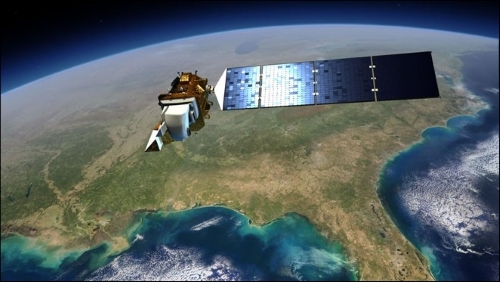Working with satellite images
Satellite images are a form of remote sensing data. They are composed of the information collected by satellites and are made available to users as image files. Just like the digital elevation model that we worked on before, these images are made of pixels, each one representing the value of a given attribute for a given geographic extent.
These images can be used to visualize features on Earth using real colors or they can be used to identify a variety of characteristics using parts of the light spectrum invisible to the human eyes.
In order to follow the examples, we will use images from the Landsat 8 satellite. They are available for free on the Internet. Let's take a look at some of the characteristics of this satellite.

Landsat 8 carries two instruments: the Operational Land Imager (OLI) and the Thermal Infrared Sensor (TIRS).
These sensors can collect data in a total of 10 different bands processed in a resolution of 4096 possible levels (12-bit). The data...
























































